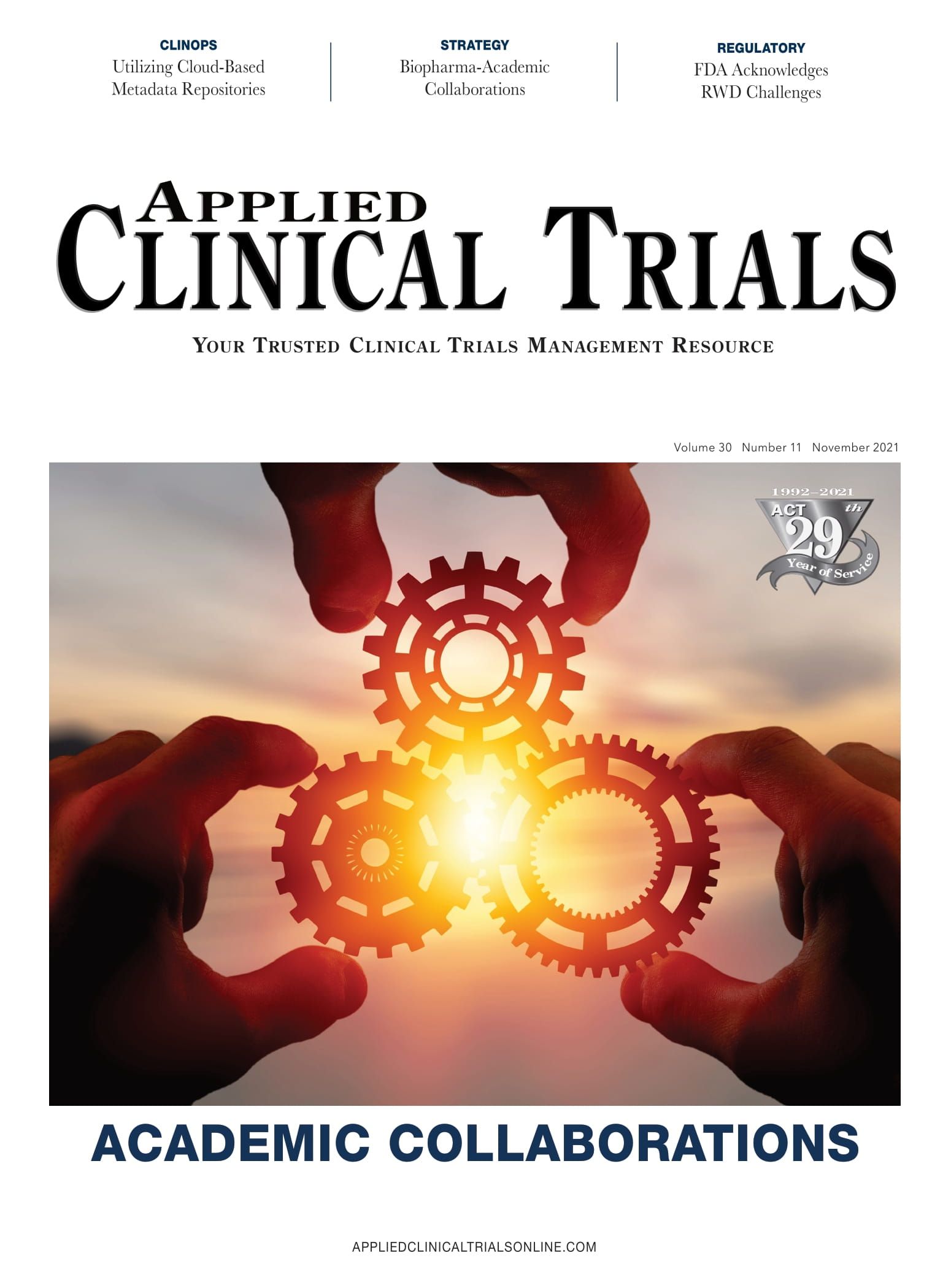A New Era for Translational Research
Improvement is needed in clarifying the therapeutic development process.

In this month’s main feature, we discuss the role of academic research and explore its relationship with pharma and clinical trials. In this article, our contributor interviews the NCATS’ (National Center for Advancing Translational Sciences) director of strategic alliances, who explains their work to ease passage across the so-called “Valley of Death.” Coincidentally, I was privileged to attend an in-person conference and learned much more about NCATS. Please visit their website to see all of the programs they offer...it’s truly astounding.
But buried in this website is a map. And this map is a gem...or the “board game from hell,” as one of its authors described. The two maps shown—one for small molecule development and one for biologics development—were designed to “provide a common framework for discussing the therapeutic development process and serve as an education tool for those who are new to it,” as well as offer a common language and collective knowledge base to enable systemwide improvements.
Let’s take a moment and just let this sink in. A group of highly intelligent, motivated and truly curious and passionate people, dug in deep into the clinical research enterprise and literally spent a lot of time to elucidate in the most usable and informed way to present this information, in the public domain, to further efficient research.
Then, think about all the blocks and colored boxes that represent a process or function, then imagine all the details that goes into any one of those functional areas on the daily. Regulatory. Operations. IRB. Enrollment. Data. Review. Mind you, this is after the basic science research, target identification, target pharmacology and lead identification.
Which is to say, this is an area ripe for “systemwide improvements that will benefit patients.” This related article, is a most eloquently detailed summation of any and all challenges in the current drug development system. In fact, in the future, if anyone sends me an article to review outlining the problems in clinical trials, I’m just going to copy and paste this link, and say “next.”
The author calls for increased support of the academic discipline of translational science, which must remain in academia, to vastly improve the current situation. As he noted: “The ultimate goal of translational science is not to traverse the Valley of Death. It is to eliminate the Valley of Death entirely.”
Lisa Henderson is Editor-in-Chief of Applied Clinical Trials. She can be reached at lhenderson@mjhlifesciences.com.

Unifying Industry to Better Understand GCP Guidance
May 7th 2025In this episode of the Applied Clinical Trials Podcast, David Nickerson, head of clinical quality management at EMD Serono; and Arlene Lee, director of product management, data quality & risk management solutions at Medidata, discuss the newest ICH E6(R3) GCP guidelines as well as how TransCelerate and ACRO have partnered to help stakeholders better acclimate to these guidelines.
Gilead Shares Final Data from Phase III MYR301 Trial of Bulevirtide in Chronic Hepatitis Delta Virus
May 7th 2025Long-term results from the study show 90% of patients with chronic HDV who achieved undetectable HDV RNA at 96 weeks of treatment remained undetectable for nearly 2 years post-treatment.